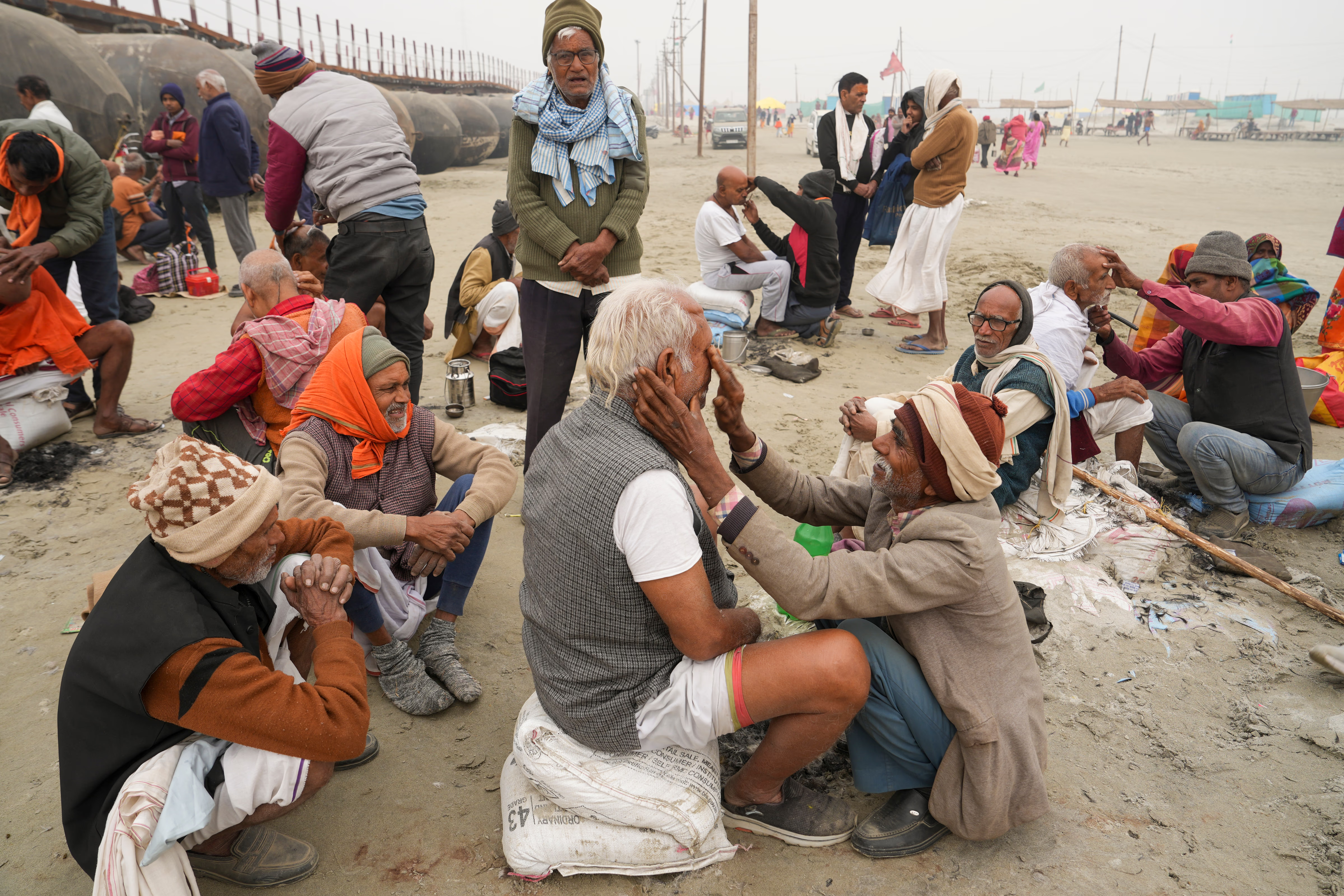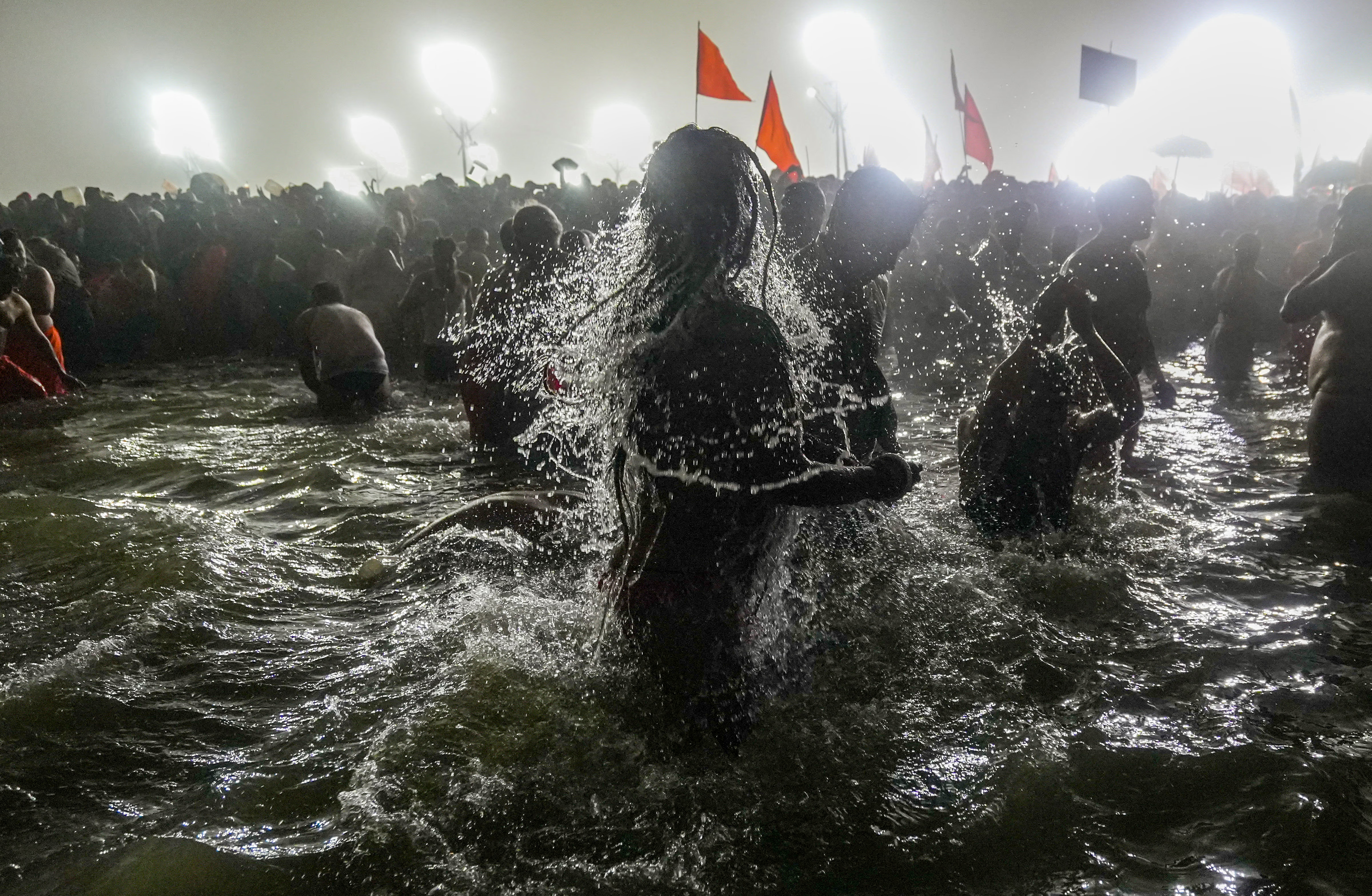The grand celebration of Mahakumbh 2025 is taking place in Prayagraj. Devotees have arrived for sacred bathing, and a sea of faith surges at the banks of the confluence. This religious fair is not just an age-old tradition in our country but a manifestation of social and cultural significance that has flowed through the ages uninterrupted. Despite historical disruptions to temples and monasteries, this spiritual gathering remained unperturbed. As a phenomenon rich in spiritual, social, and cultural value, each Kumbh held in Prayagraj draws not only national but also international attention. Even British officers were astonished by the scale of such grand events during their rule.
The British Imposed Bathing and Barber Taxes
Fanny Parks documented the response in her travelogue, intriguingly capturing how the British viewed the bustling Kumbh Mela as a commercial hub. Observing the vast crowds, they levied a bathing fee of one rupee—a considerable amount given that the average income was only ten rupees then. Furthermore, the British imposed a tax on haircuts.
The tradition of shaving one’s head post-bathing at Kumbh was longstanding. In 1870, the British established around 3,000 barber stations, collecting approximately 42,000 rupees from them, wherein a quarter of this revenue came from barbers, each taxed four rupees.

Source: aajtak
Exploitation Through Taxation
Fanny Parks noted that in 1765, the British East India Company took control of Allahabad, formally asserting authority by 1801. Initially, managing the fair posed challenges for the British, yet they soon perceived it as an economic opportunity, introducing a bathing tax of one rupee—a significant sum to locals and pilgrims. Despite the burden, the British administration organized the fair under regulation.
For the British, Kumbh, held every 12 years, was a business. Each attendee was required to pay a 'Kumbh Tax'—one rupee for bathing in the holy confluence, a hefty toll considering average wages were lower than ten rupees, further exemplifying the exploitation under British rule.
Barbers Faced Highest Tax Burden
As recorded by Fanny Parks, traders also bore taxes at the fair, while barbers were notably burdened. Many pilgrims shaved their heads, significantly boosting barber businesses. In 1870, the British set up 3,000 barber stands, collectively yielding approximately 42,000 rupees in tax, with individual barbers taxed four rupees.
Expanding Mughal-Era Tax Practices
In his book (Kumbh in India), journalist-author Dhananjay Chopra elaborates how certain historians argue that tax collection began in Mughal India. Under British rule, the practice not only continued but expanded, taxing even ritual performers such as those upholding Veni-Daan practices at Kumbh.
Finances of the 1882 Kumbh Mela
The regional archives of Prayagraj contain vital records from the British era Kumbh Melas, including expenses and revenues of the 1882 event, compiled by then Secretary of North-Western Provinces, A.R. Reed. That Kumbh saw expenditures of 20,228 rupees, while the British government earned 49,840 rupees in revenues, netting a profit of 29,612 rupees. Historical documents include financial details of the 1894 and 1906 Kumbh Melas, prepared by Magistrate H.V. Lawvet, detailing expenditures and tax income from those events.
The British Perspective on Kumbh
Major General Thomas Hardwick described the 1796 Haridwar Kumbh Mela in 'Asiatic Researches', noting attendance of 20-50 lakh people, predominantly Shaiv Gosain and Vaishnav Bairagis. Gosains managed the fair, handled disturbances, and collected taxes. The council of Mahant leaders addressed public issues and proposed solutions.
Inaugural Appointment of a Kumbh Fair Officer
Hardwick's account included conflicts between Sikh Udasis and Shaiv Gosains, resulting in the death of 500 Gosains and a Mahant. The conflict was subdued by British Captain Moore’s intervention. Consequently, the East India Company became vigilant and appointed the first fair officer, Felix Vincent Rapper, during the 1808 Kumbh, marking a pivotal organizational role at the Kumbh Mela.

Source: aajtak




